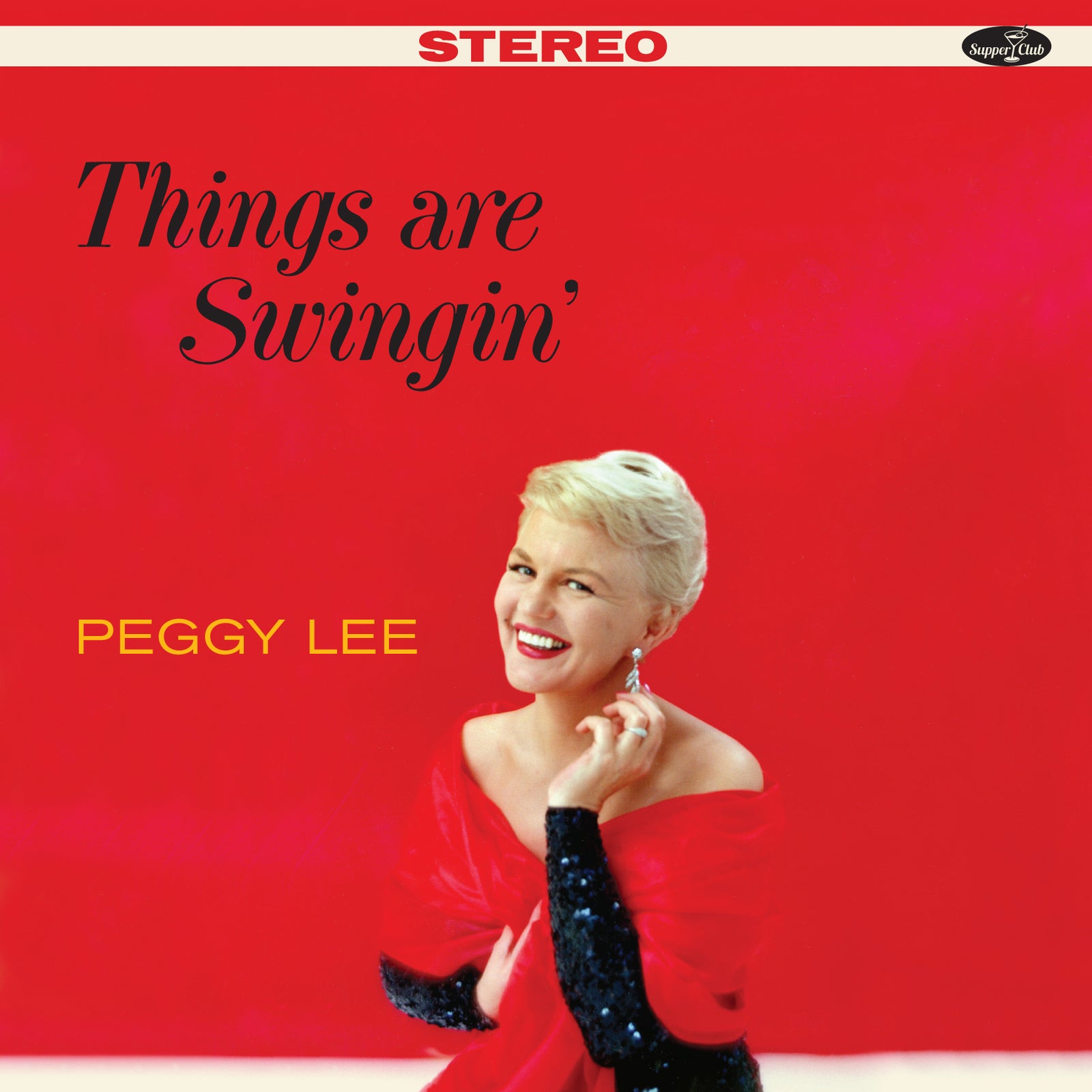Introduction to "Fever" by Peggy Lee
Among the many iconic tracks of the 1950s, "Fever" by Peggy Lee stands out as a timeless classic. Released in 1958, this song has since become a staple in the repertoire of jazz and pop artists alike, attesting to its enduring appeal and influence.
Cultural and Historical Context of the 1950s Song
During the 1950s, music was evolving and diversifying, with genres like rock and roll, rhythm and blues, and jazz gaining popularity. It was within this era of cultural dynamism that "Fever" was born. Peggy Lee's sultry rendition of this piece, with its distinctive bassline and minimalistic arrangement, defied the norms of the time, creating a stir and leaving an indelible mark on the music industry.
Interesting Facts and Cover Versions of "Fever"
In the realm of pop culture, "Fever" has been covered by countless artists, from Elvis Presley to Beyoncé. Interestingly, the lyrics we often associate with this track - the references to Romeo and Juliet and Captain Smith and Pocahontas - were actually added by Peggy Lee herself, and are not found in the original version of the song by Little Willie John. This testament to Lee's creativity further solidifies "Fever"'s cultural impact and the pivotal role it played in her career.
Relevance of "Fever" in Today's Music Scene
More than six decades after its release, "Fever" continues to captivate audiences worldwide. Its signature rhythm, seductive vocals, and innovative structure have inspired countless musicians, demonstrating the enduring relevance of this 1950s song. Whether it's a jazz interpretation or a modern pop cover, "Fever" retains its charm and continues to embody the spirit of its era, proving that great music truly is timeless.

Comments (0)